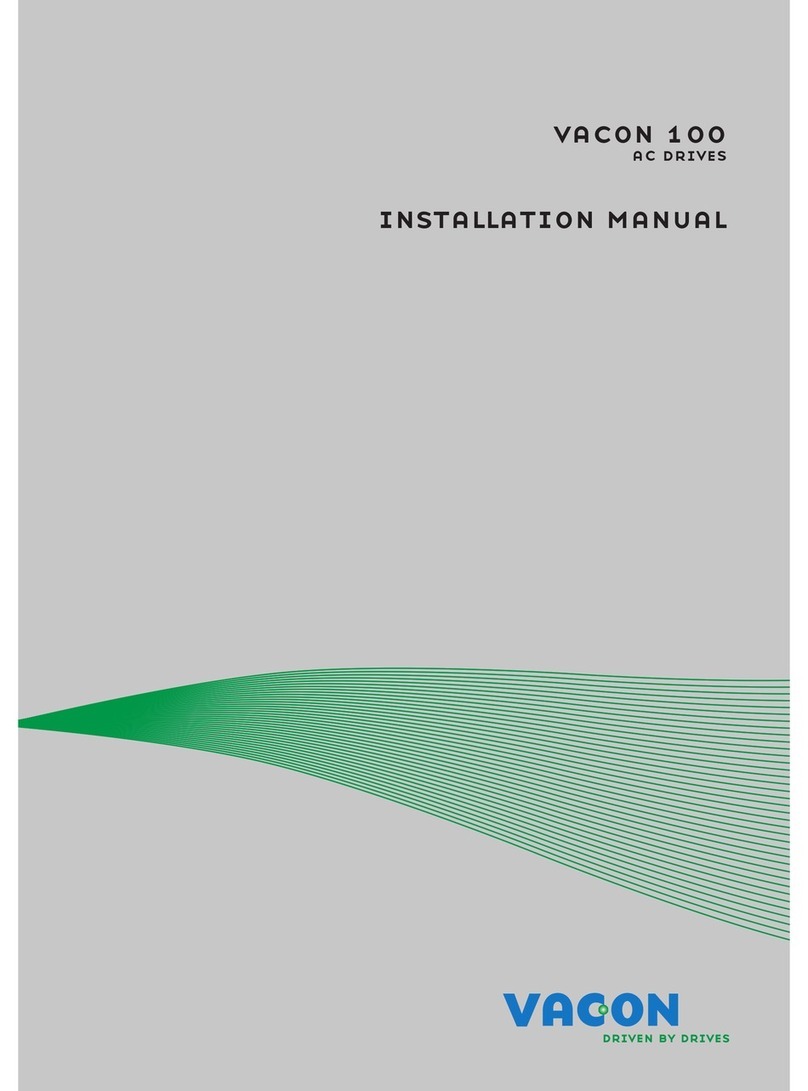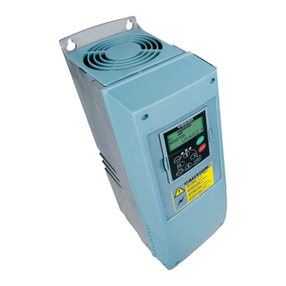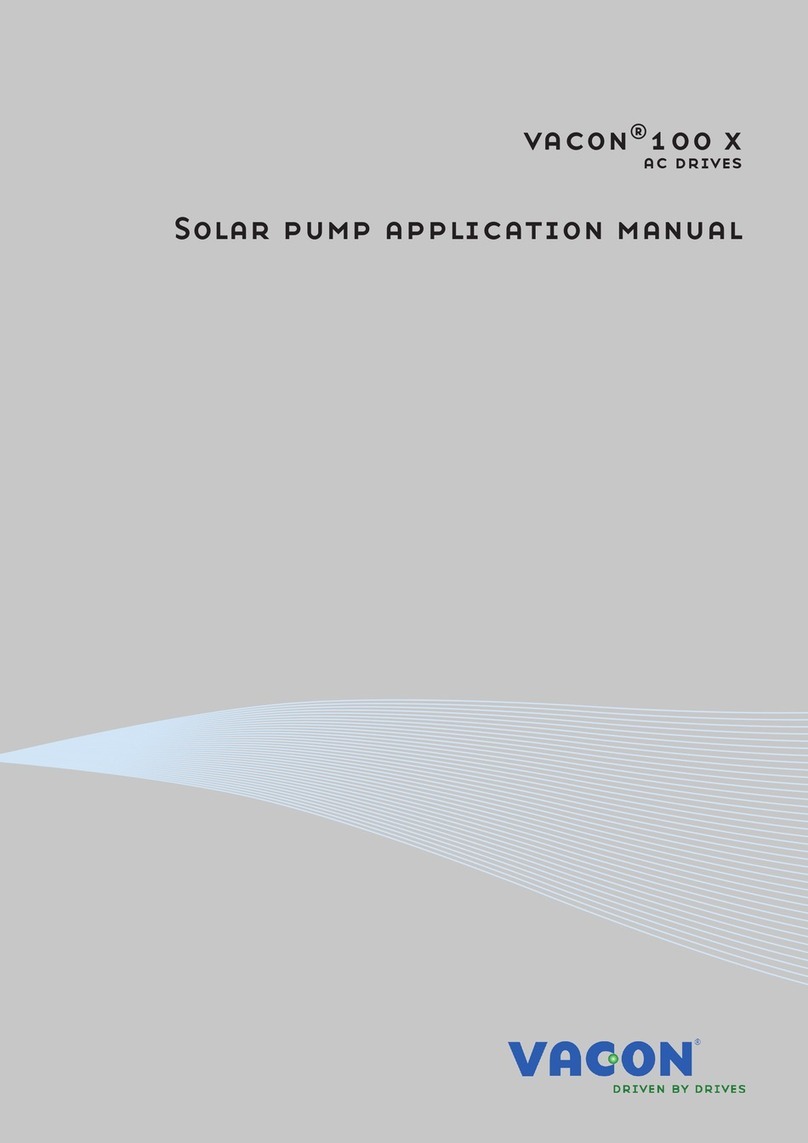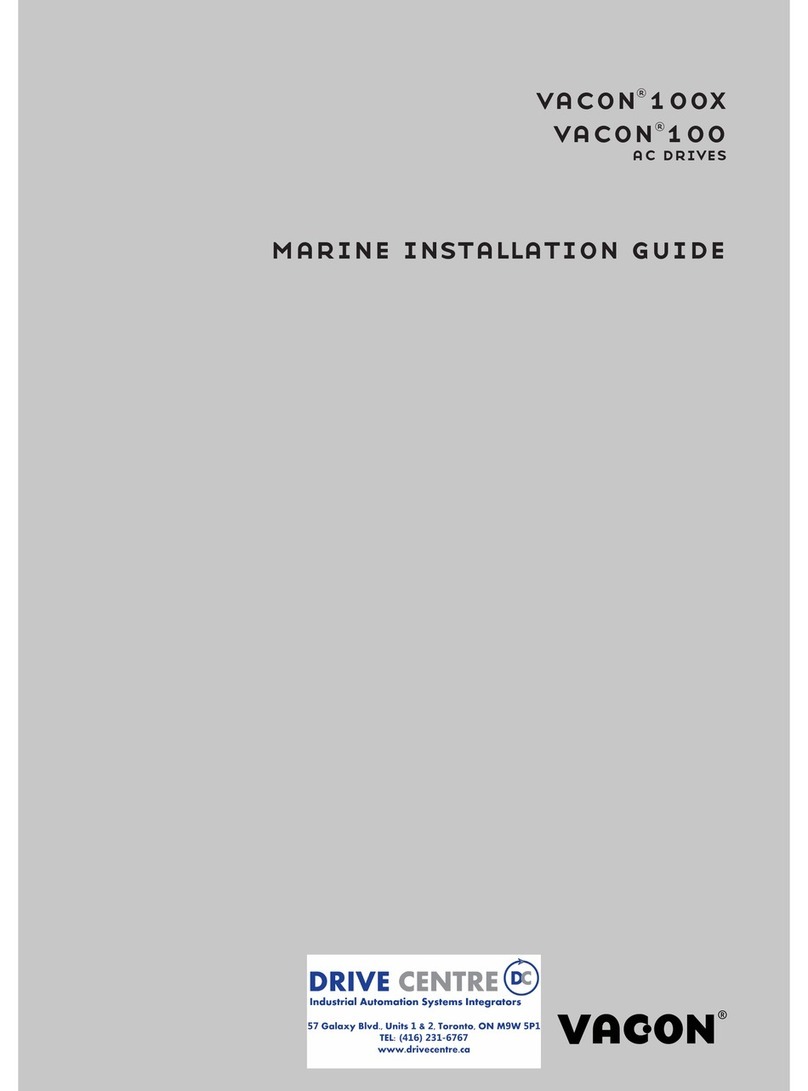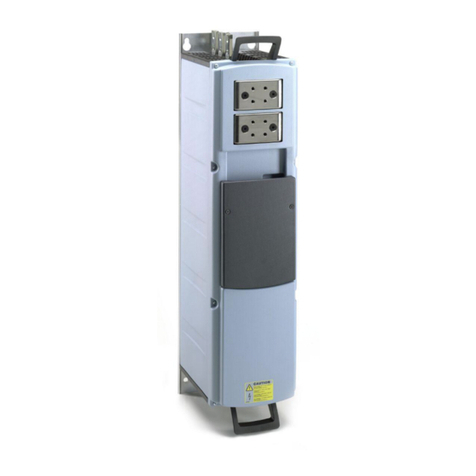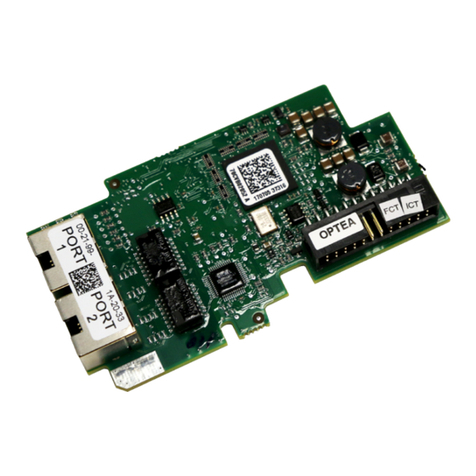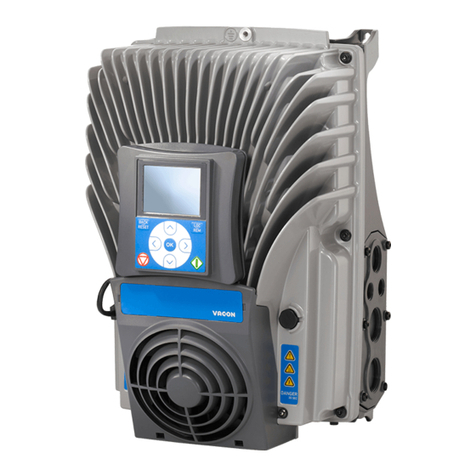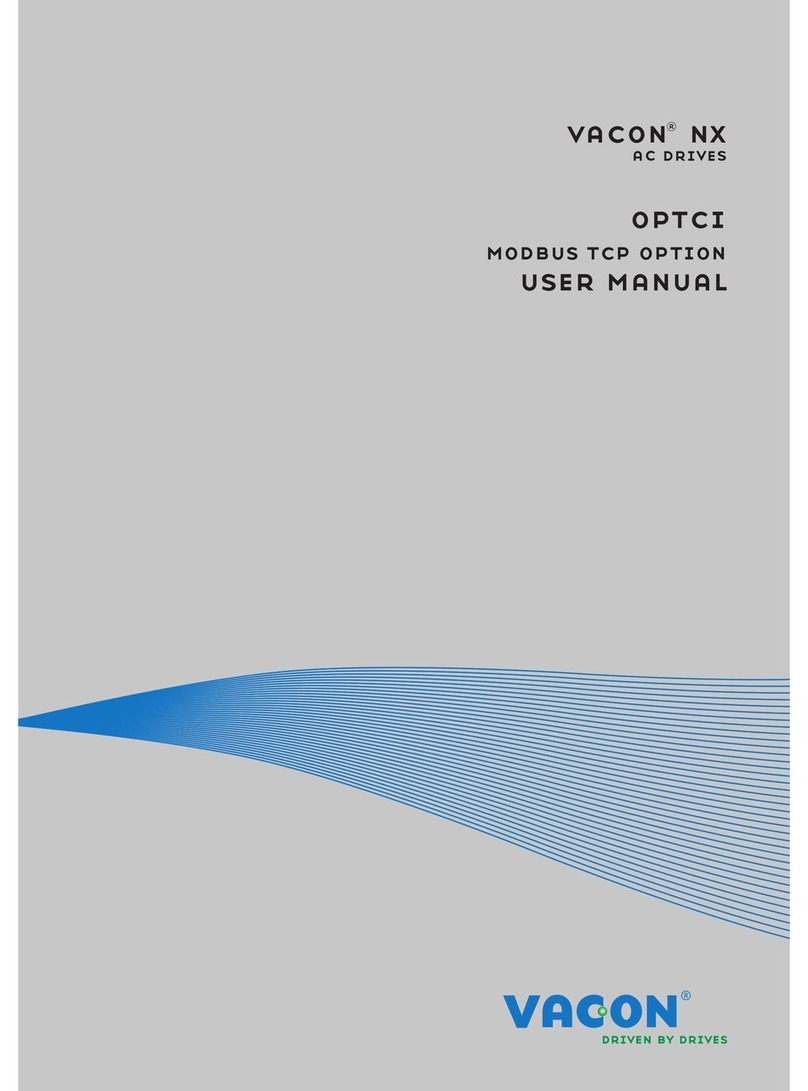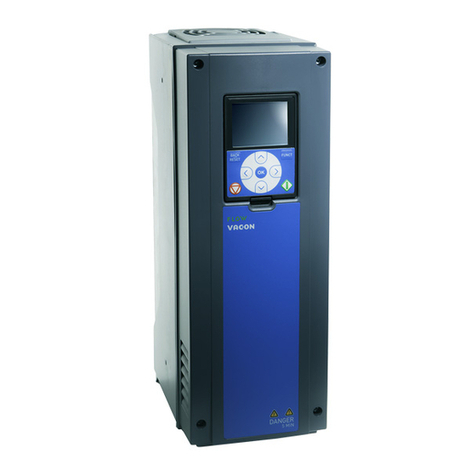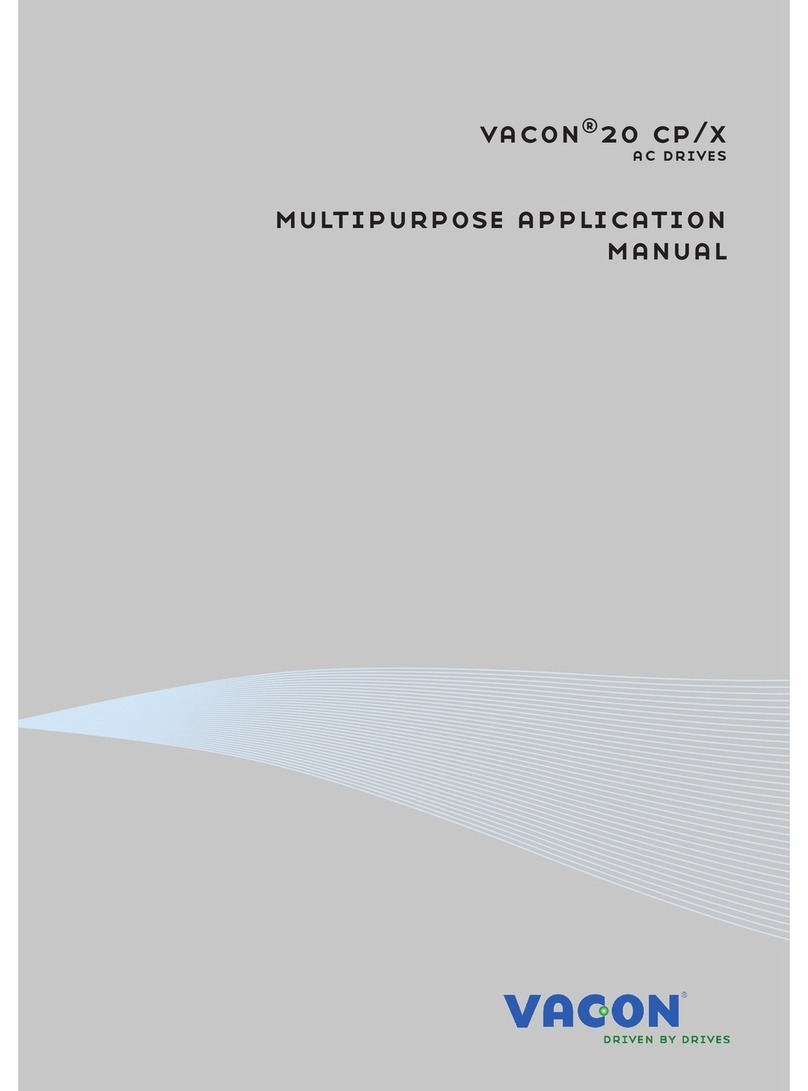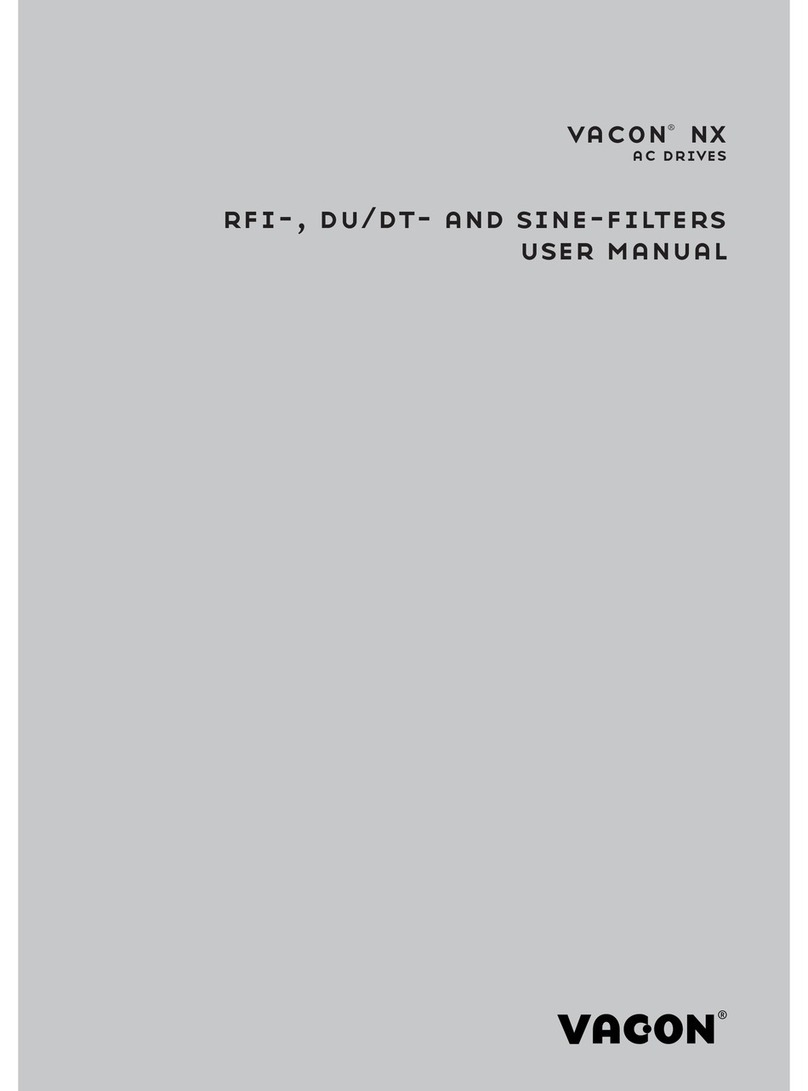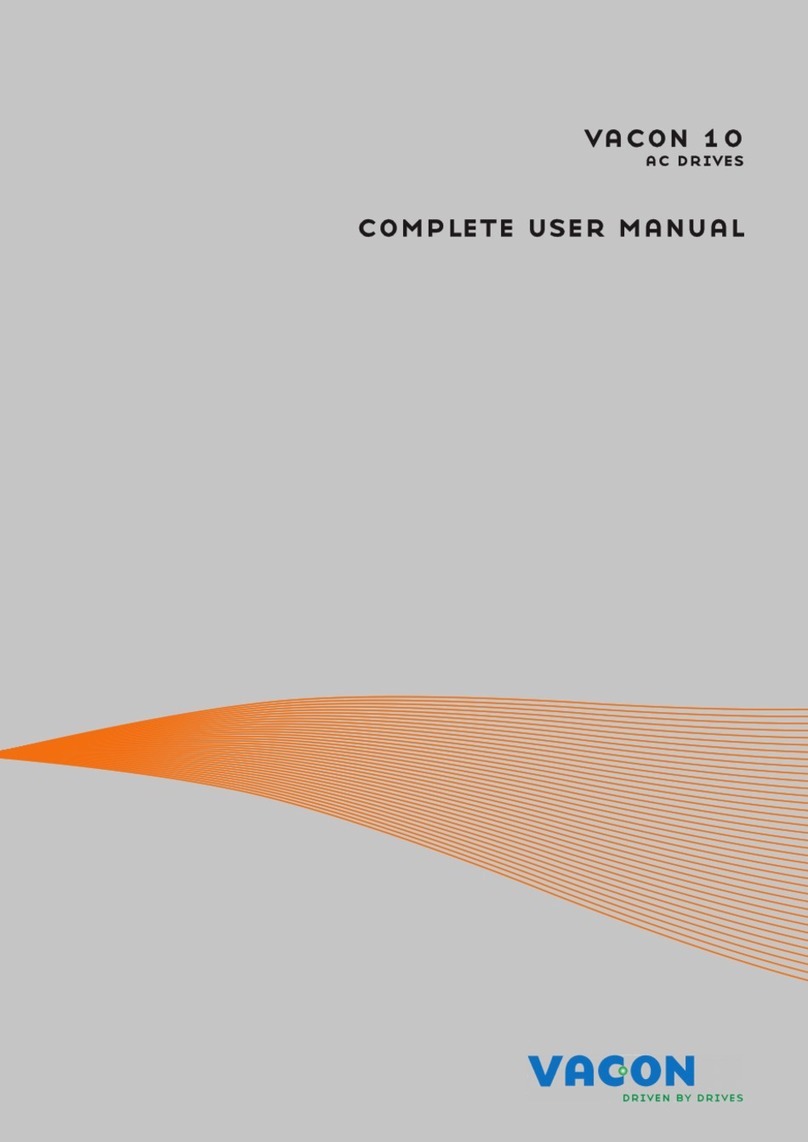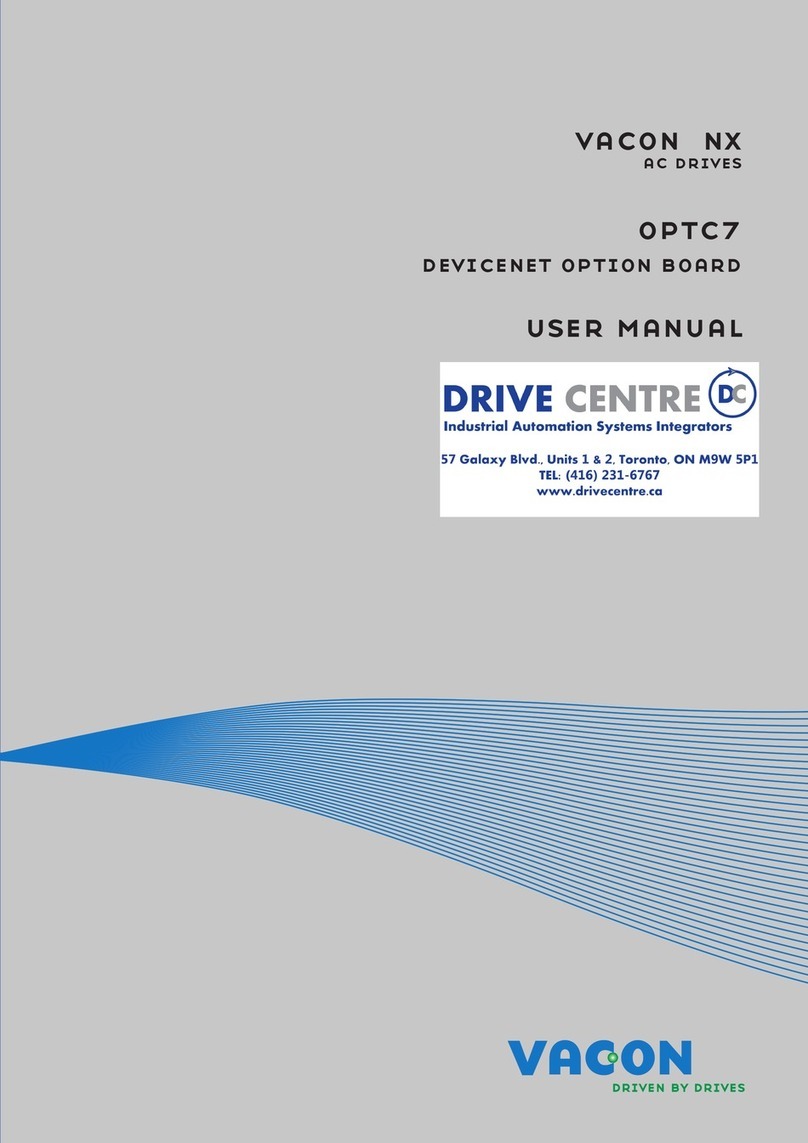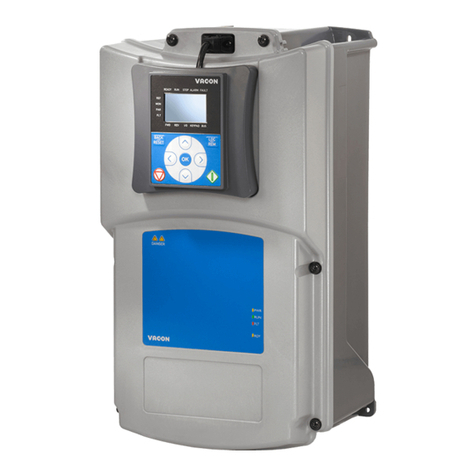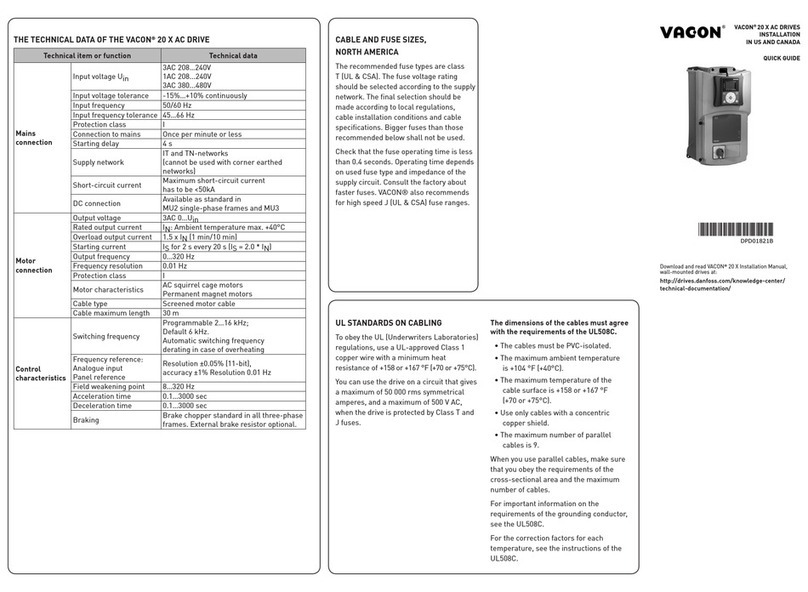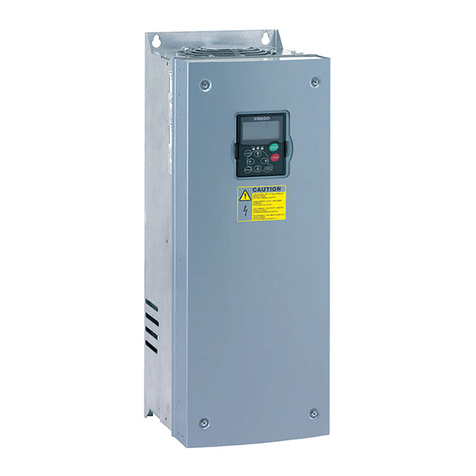vacon • 1
TABLE OF CONTENTS
Document ID:DPD01887
Revision release date: 24.10.2016
1. BASICS ........................................................................................................................2
1.1 Power or energy storage....................................................................................................... 3
1.2 Battery current dimensioning............................................................................................... 5
2. BASIC TOPOLOGIES FOR CONNECTION....................................................................... 6
3. SPECIAL CHARACTERISTICS AFFECTING THE SELECTION ......................................... 8
3.1 Voltage window...................................................................................................................... 8
3.2 Galvanic isolation requirement........................................................................................... 11
3.3 Balance or maintenance charge......................................................................................... 14
3.4 System control principles ................................................................................................... 15
4. CHOOSING A CORRECT TOPOLOGY............................................................................ 17
4.1 Allowed topology configurations......................................................................................... 18
5. BASIC VARIANTS....................................................................................................... 19
5.1 Direct to DC ......................................................................................................................... 19
5.1.1 Control structure .................................................................................................. 20
5.2 DC to DC .............................................................................................................................. 22
5.2.1 Filter...................................................................................................................... 22
5.2.2 Control Structure.................................................................................................. 34
6. PRODUCT CONFIGURATION EXAMPLES.................................................................... 36
6.1 Scope of delivery ................................................................................................................. 36
6.1.1 Direct to DC........................................................................................................... 36
6.1.2 DC to DC ................................................................................................................ 37
6.2 Example configurations ...................................................................................................... 39
6.2.1 DC/DC for supply interruptions ............................................................................ 39
6.2.2 Direct DC for Grid Support.................................................................................... 40
7. SIZING OF THE SYSTEM AND PRODUCT .................................................................... 41
7.1 Direct to DC ......................................................................................................................... 41
7.2 DC/DC .................................................................................................................................. 42
8. INFORMATION TO ACQUIRE FROM CUSTOMERS ....................................................... 47
NOTE! You can download the English and French product manuals with applicable safety,
warning and caution information from
http://drives.danfoss.com/knowledge-center/technical-documentation/.
REMARQUE Vous pouvez télécharger les versions anglaise et française des manuels produit
contenant l’ensemble des informations de sécurité, avertissements et mises en garde
applicables sur le site http://drives.danfoss.com/knowledge-center/technical-documentation/
.

